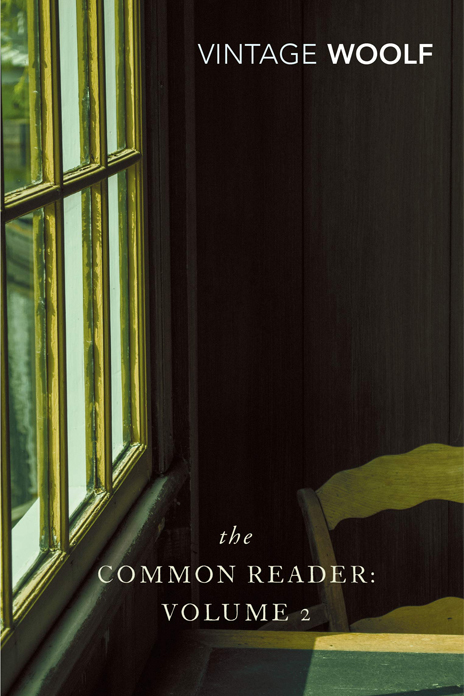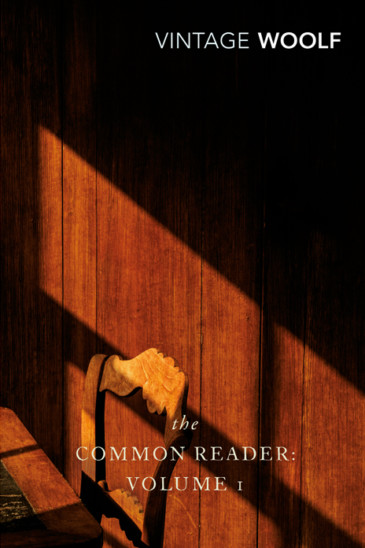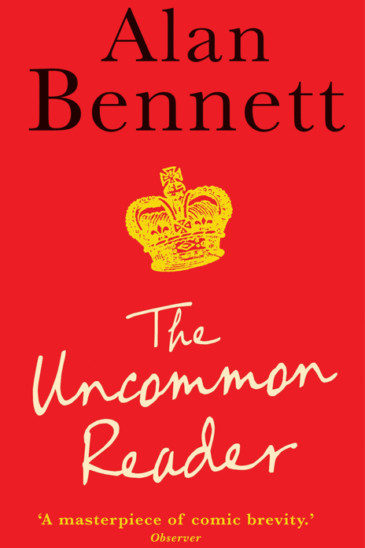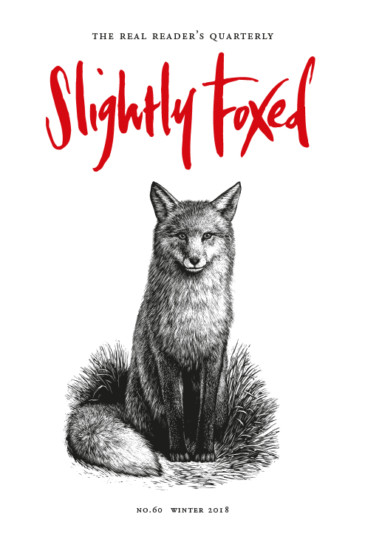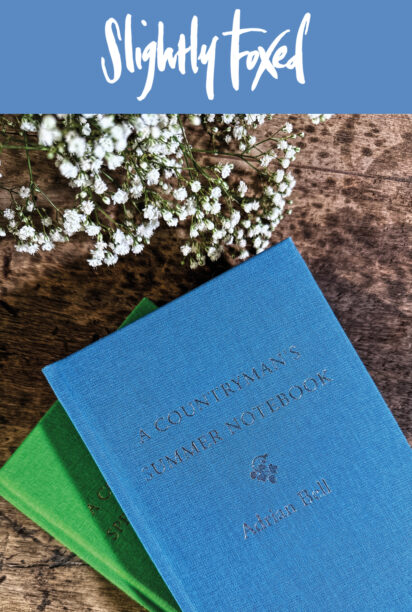In her second series of essays, published in 1932, Woolf turns her brilliant eye on Lord Chesterfield’s letters, the novels of George Gissing, the poetry of Donne, and we meet Dr Burney and Beau Brummell, Christina Rossetti, Geraldine Jewsbury, Jane Carlyle, Mary Wollstonecraft and many others.
Reviewed by Alan Bradley in Slightly Foxed Issue 60.
From Bloomsbury . . .
ALAN BRADLEY
I sometimes think that the books that have stayed longest in my mind are those that I haven’t read. As I scan my shelves, many of the titles my eyes pass over are books I read about while still at school or heard about at university; books bought in a rush of enthusiasm which faded as something new grabbed my attention.
In my salad days the two volumes of Virginia Woolf’s The Common Reader were among the most influential. Volume 1 was published in 1925 and Volume 2 in 1932. They are collections of reviews and journalism, written while she was also creating some of her best-known novels. They cover literary criticism, character sketches and the byways of reading . . .
Extract from Slightly Foxed Issue 60, Winter 2018
From Bloomsbury . . .
Notoriously, Woolf doesn’t write about the women on whom she herself depended for home comforts but, mostly, about those who were educated and wealthy enough to write diaries or letters. But she...
Read moreI Was Afraid of Virginia Woolf
Often dismissed as difficult, The Waves is a book that should be heard rather than read. And I don’t mean buying the audio-version. I mean the kind of deep listening we give to a friend who needs...
Read moreThe Sensation of Crossing the Street
I remember thinking clearly: what a momentous day this is, and here I am, reading a novel set in London on a single day. What a chime, what an echo! These were not the words I used to myself, as I...
Read more




